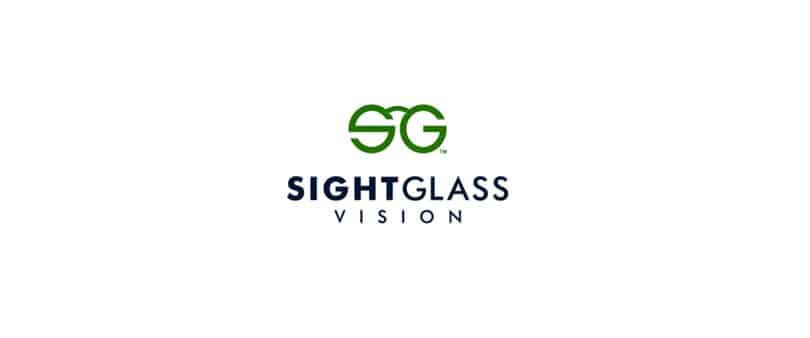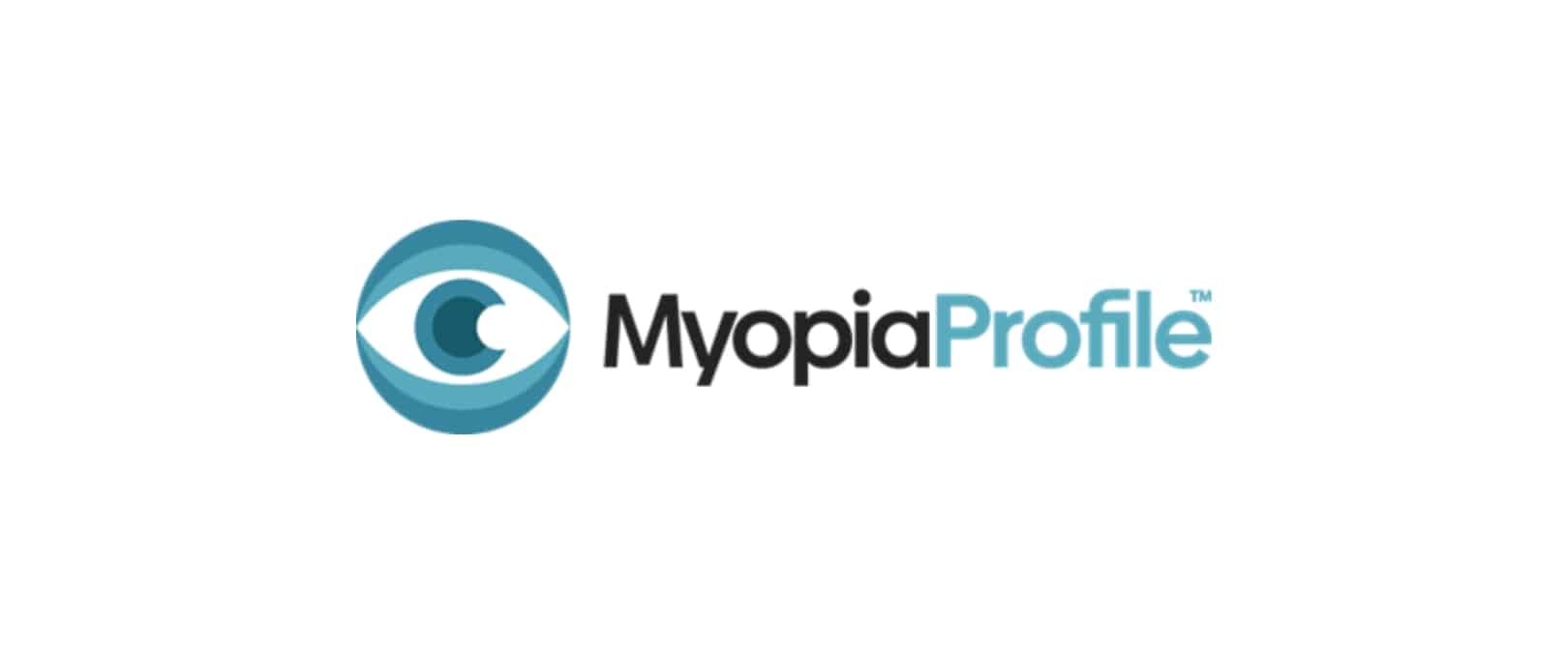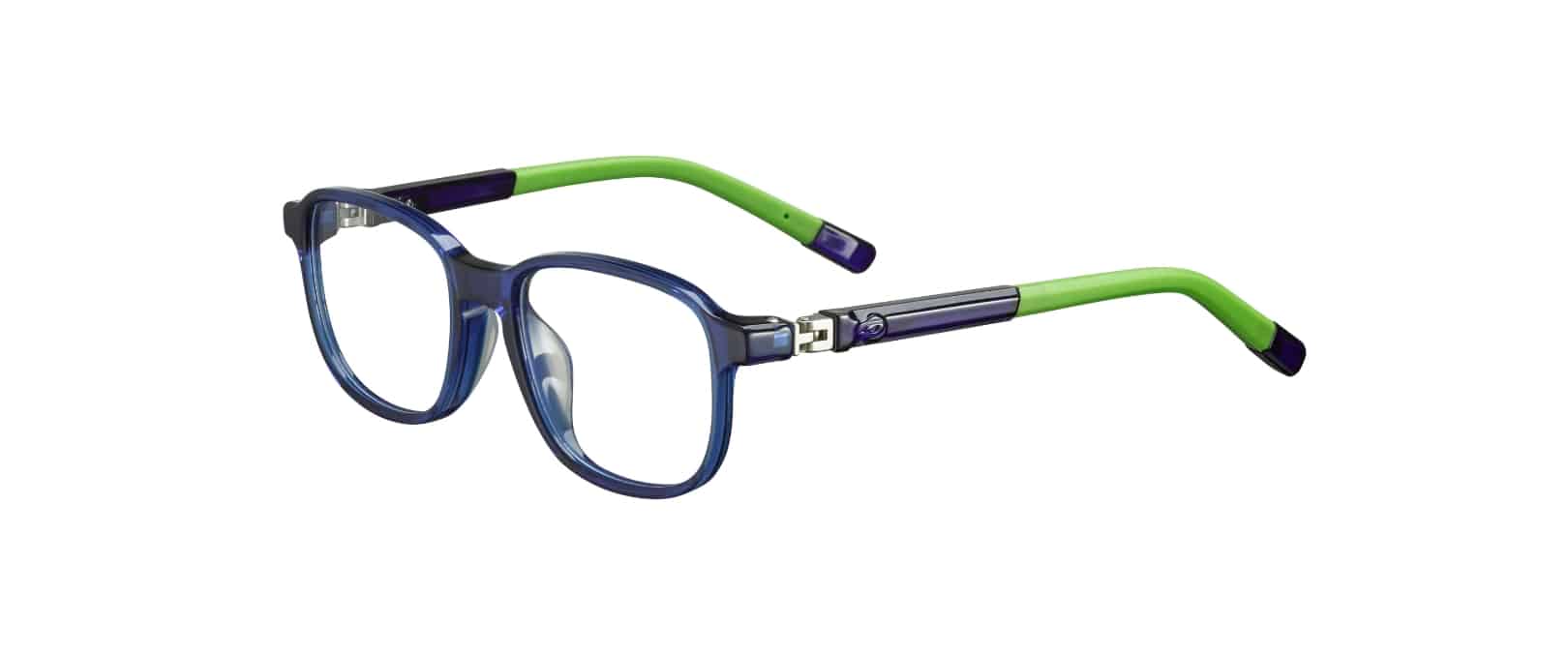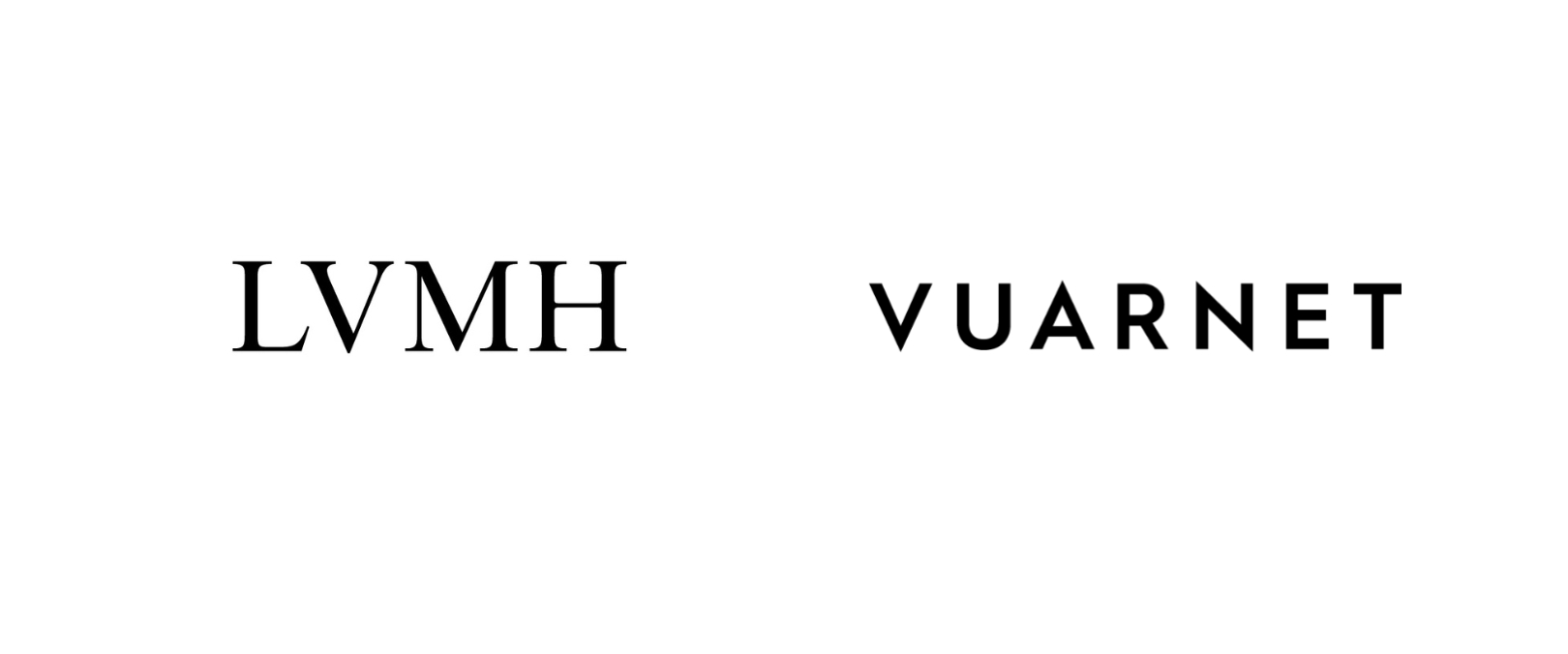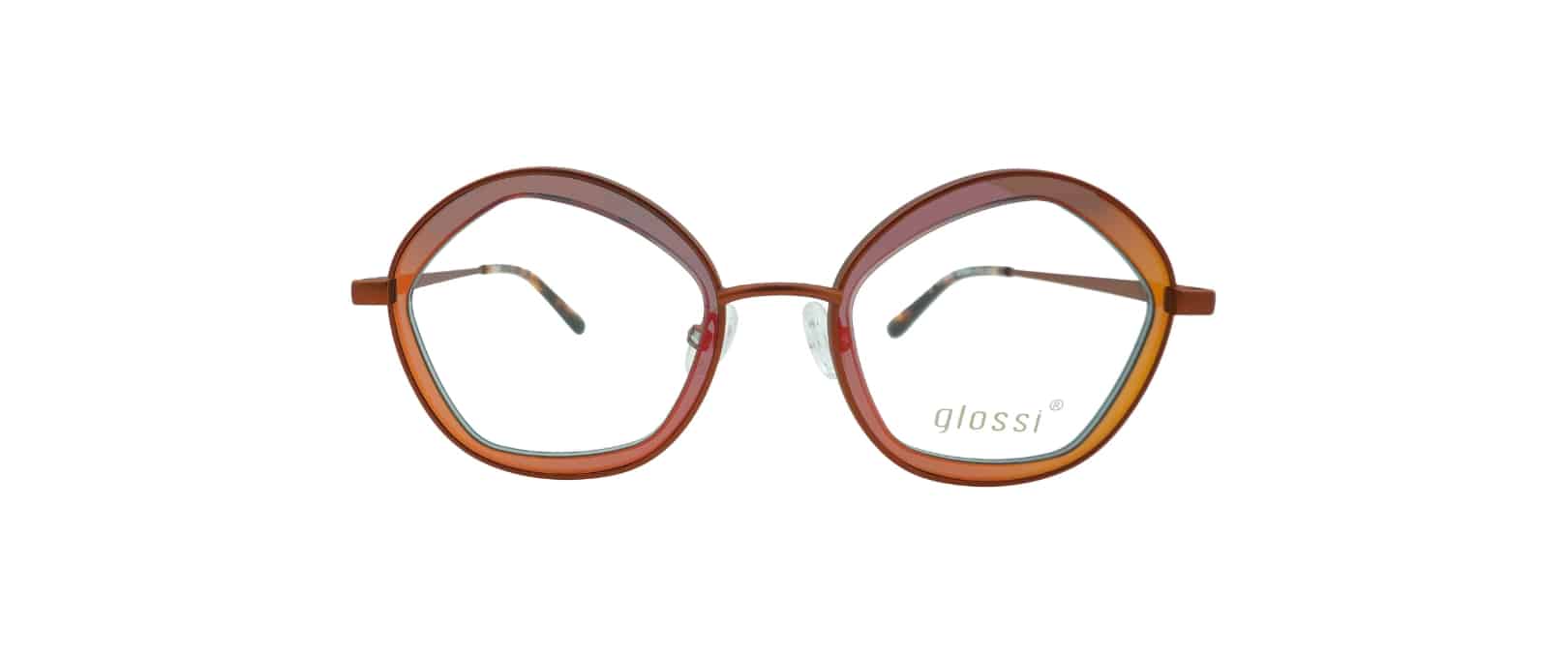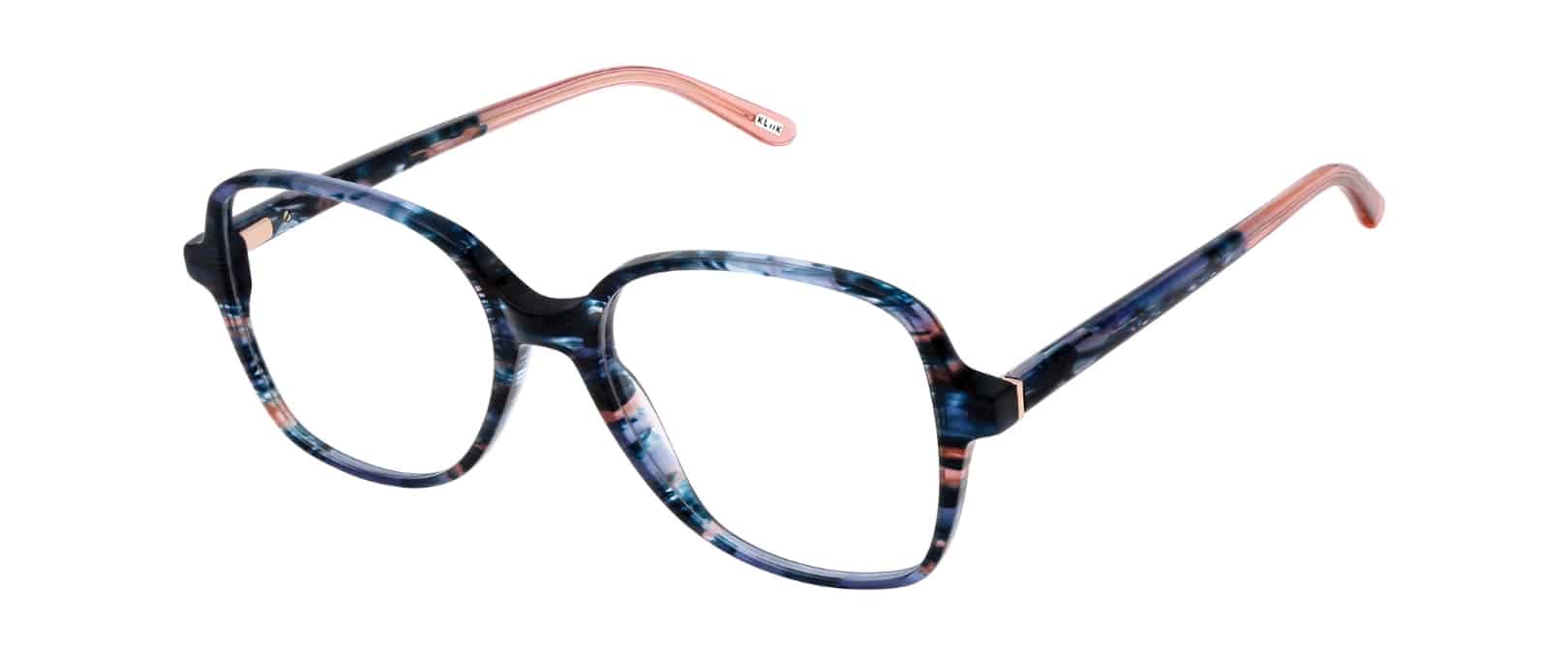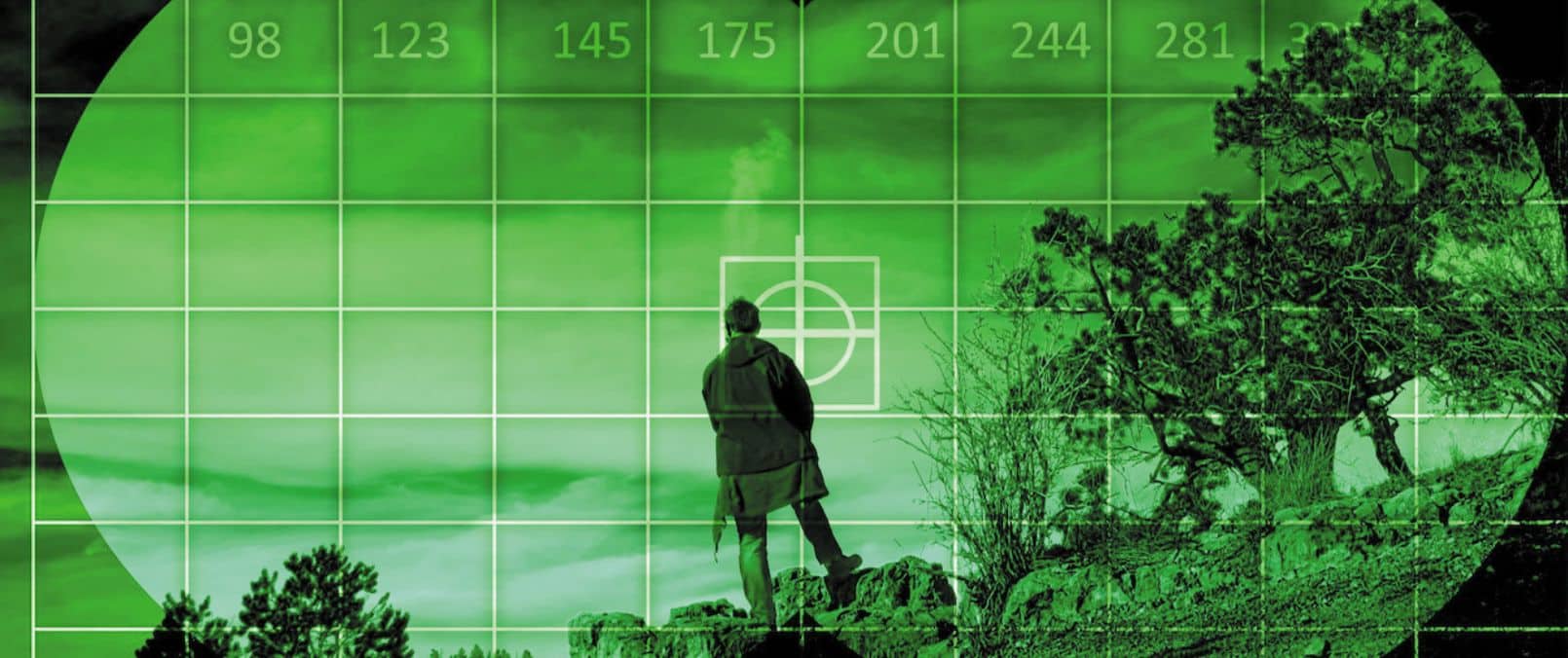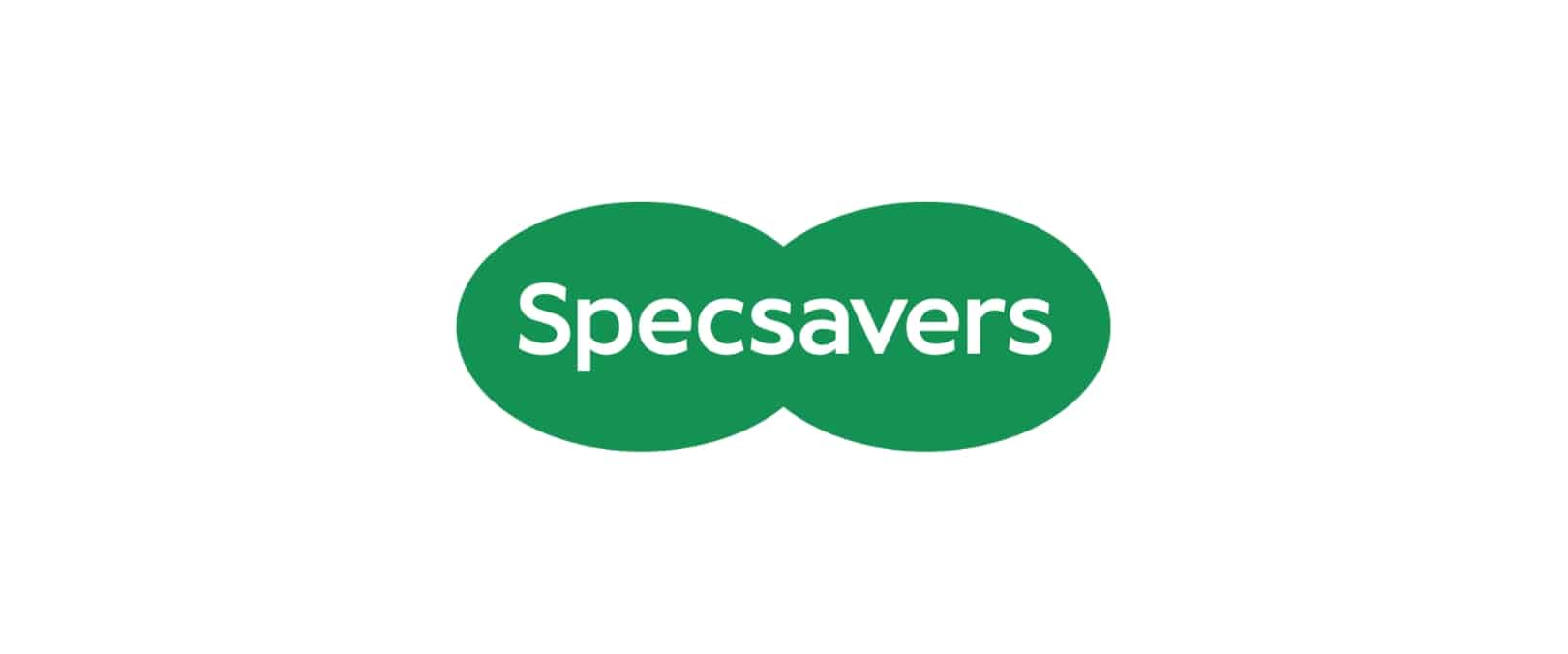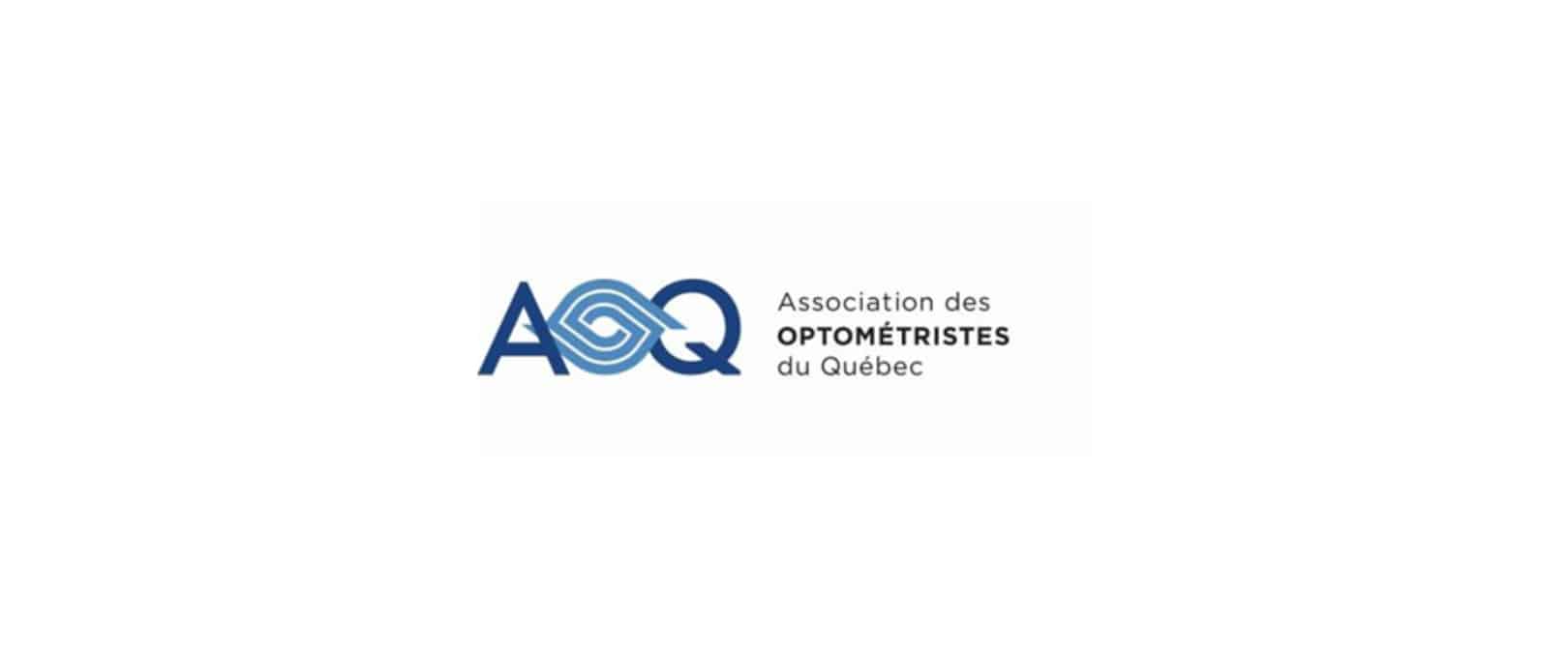SightGlass Vision reported positive four-year outcomes from its pivotal CYPRESS study extension, which is evaluating the myopia control performance of the company’s Diffusion Optics Technology™ (DOT 0.2) spectacle lenses. The lenses use thousands of light scattering elements called dots, designed to mimic more natural contrast on the retina—a unique mechanism of action to slow myopia progression in children.
The findings are being presented at the 27th Congress of the Chinese Ophthalmological Society (CCOS), held in Changsha, Hunan Province. Thousands of eye care clinicians, researchers, and educators from across China and overseas attend the biennial event.
Control of Myopia using Diffusion Optics Technology Spectacle Lenses: Efficacy and Safety Study (CYPRESS) 4 Year Results (Zhu X, McParland M, et al) affirmed DOT 0.2 safety and efficacy in children aged 6–10 at the study’s initiation. Part two of the study—designed to collect 12 additional months of data—re-enrolled 98 participants from the original three-year, double-masked, randomized, multi-site clinical trial.

Full four-year outcomes showed statistically significant slowing of axial length progression and cycloplegic spherical equivalent refraction (cSER), with the most recent data underscoring strong DOT 0.2 performance. During the 36- to 48-month timeframe, axial length mean change was 0.13 ±0.02 mm for the test group (n=55) and 0.18 ±0.02 mm for the control (n=41; p=0.038). cSER mean change was -0.25 ±0.04 D for the test group and -0.38 ±0.05 D for control (p=0.043).
“The CYPRESS four-year findings confirm the demonstrated efficacy, safety, and overall performance of Diffusion Optics Technology™ spectacle lenses,” said Andrew Sedgwick, CEO of SightGlass Vision. “Eye care professionals worldwide are demanding this level of scientific rigor, allowing them to confidently recommend the lenses to children and their caregivers. SightGlass Vision is proud to advance the myopia control category with our latest research and technologies, and enthusiastic about growing opportunities for spectacles in a child’s treatment regimen.”
A separate presentation at CCOS explored the theoretical basis and practical application of DOT lenses. Discussion of DOT Lenses Based on Contrast Reduction Theory and Real-World Case Sharing (Wang D, Xie P, Huang J) analyzed the influence of contrast in children’s refractive development, the interaction between contrast signals and peripheral defocus signals, and the clinical performance of DOT lenses based on contrast reduction. Comparing existing studies with clinical observations of 117 Chinese children wearing DOT 0.2 lenses for 1 year, investigators concluded that contrast management delayed myopia progression, and that the lenses were effective and safe.
Over the last two years, SightGlass Vision’s patent-protected technology with clinically proven efficacy made its commercial debut in several markets, including China, the Netherlands, and Israel, as well as through preliminary market trials in other countries. The company operates as a joint venture of CooperCompanies and EssilorLuxottica.
For more information, visit SightGlassVision.com.
Click HERE for the full press release.

